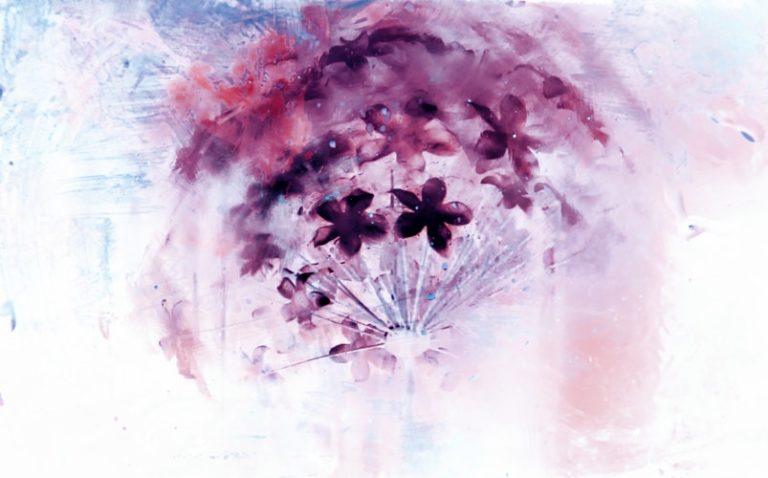On Tuesday, July 19th 1938 Salvador Dalí met Sigmund Freud for the first and only time. Their conversation had been the subject of curiosity, if not to say intrigue. Dalí was eager to meet Freud since the time he read The Interpretation of Dreams as an art student in Madrid in the early 1920s. He called it a revelation, a discovery of his life. Now everything had meaning and Dalí was seized by the vice of self-interpretation, an intense obsessive dedication that would manifest in his work and self-analysis. This obsession with the enigmatic unconscious was one of the reasons why Dalí brought his recently completed painting The Metamorphosis of Narcissus to Freud’s house. This painting was Dalí’s first successful application of the paranoiac critical method, defined by the artist as a spontaneous methodology of irrational knowledge and associated with the use of hallucinations and delirium as a legitimate interpretative framework. Behind Dalí’s process was a renewed fascination with the condition of modernity and its seeming inability to account for a fractured post-WWI reality. Modernity was entering a period of transition which would allow it to find a new set of coordinates for understanding the unravelling world. Many artists, including Virginia Woolf, would not survive this transition, a terrible disease she christened it in her 1941 suicide note.
Freud knew that in order to survive the first half of the twentieth century, modernity had to be understood through a system of analysis that took into account the invisible and unconscious economies of power, as well as the embodied and visible ones. He was intimately familiar with the form these power economies could take when he removed himself from Nazi-occupied Vienna and arrived in London weeks earlier on Monday, June 6th 1938. Dalí was given permission to sketch Freud during their meeting in an emphatic reversal of the analytical process, with The Metamorphosis of Narcissus taking on the symbolic role of the mirror. The sketch has a mythical quality, Freud’s profile rupturing into a multiplicity of faces and perspectives. In this sketch Dalí anticipated the consequences of modernity and its obsession with perception. Freud appears stuck in a rippling set of motions, foreheads and ears twisting into Fibonacci shells, an order within a disorder. This meeting was not a clash between modernity and postmodernity. Rather it was Dalí’s application of Freudian psychoanalytical concepts to The Metamorphosis of Narcissus which made the hidden mechanisms of modernity visible as a set of principles and ways of being. Human-centric enlightenment ideals were being portrayed as pathologies and symptoms.
In the Fall of 2018, Dalí’s sketch of Freud and painting of Narcissus were back in the same room for the first time in 80 years. Freud’s house, now converted into a museum, hosted the two artifacts as a reminder that change is the only constant in the aesthetics of modernity.
[Note: the 2018 exhibition was complemented by an immersive component allowing visitors to listen to Dalí’s companion poem to The Metamorphosis of Narcissus]
Now the great mystery draws near,
the great metamorphosis is about to occur.
Narcissus, in his immobility, absorbed
by his reflection with
the digestive slowness of carnivorous plants,
becomes invisible.
-Dalí
Originally published in White Wall Review 42: Special Issue (2019)

